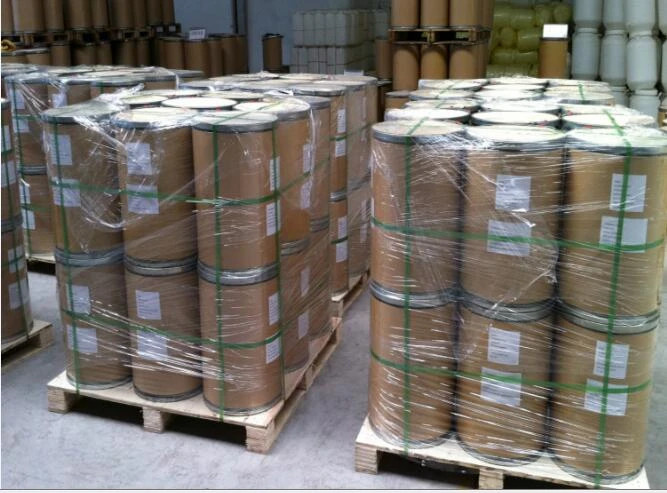Cationic Polyacrylamide A Versatile Polymer in Various Applications
Cationic polyacrylamide (CPAM) is a synthetic polymer widely used in various industrial applications due to its unique properties, including high molecular weight, excellent solubility in water, and cationic charge. These characteristics make CPAM an essential component in fields such as water treatment, papermaking, agriculture, and oil recovery.
Chemical Structure and Properties
Cationic polyacrylamide is derived from the polymerization of acrylamide monomers with cationic quaternary ammonium compounds. The resulting polymer features positively charged functional groups, which enhance its ability to interact with negatively charged particles or surfaces. This charge-driven behavior plays a crucial role in the flocculation and sedimentation processes, making CPAM an effective agent in clarifying and purifying water.
One prominent feature of CPAM is its high viscosity when dissolved in water, allowing it to form gel-like solutions. This property is particularly beneficial in applications requiring suspension stabilization and thickening. Additionally, the degree of substitution of cationic groups can be tailored during synthesis, leading to a range of CPAM products with varying charge densities and molecular weights to suit specific applications.
Applications of Cationic Polyacrylamide
1. Water Treatment CPAM is extensively used in municipal and industrial water treatment processes. It acts as a flocculating agent, promoting the aggregation of suspended solids in wastewater, which can then be easily separated during sedimentation. This property makes CPAM valuable in treating sewage and industrial effluents, ensuring compliance with environmental regulations.
cationic polyacrylamide

2. Papermaking In the papermaking industry, CPAM serves as a retention aid and improves the drainage of pulp. By enhancing the retention of fibers and fillers, CPAM contributes significantly to the quality of the final product while reducing the amount of water used in the process. This leads to increased efficiency in paper production and lower environmental impact.
3. Agriculture Cationic polyacrylamide is employed in agriculture as a soil conditioner and erosion control agent. It helps to improve soil structure, increase water retention, and reduce erosion by stabilizing soil particles. CPAM application can lead to enhanced crop yield and reduced water usage, making it an economical choice for sustainable farming practices.
4. Oil Recovery In the oil industry, CPAM is used in enhanced oil recovery (EOR) techniques. Its ability to alter the viscosity of water helps to improve oil displacement in reservoirs. By injecting CPAM into oil wells, operators can enhance oil recovery rates, which is vital for maximizing production from existing fields.
Environmental Considerations
While cationic polyacrylamide has numerous beneficial applications, it is essential to consider its environmental impact. As a synthetic polymer, CPAM may present ecological risks if not managed correctly, particularly in water bodies where it can affect aquatic life. The degradation of CPAM in the environment is a crucial research area, and advancements are being made to develop biodegradable alternatives that maintain efficiency while minimizing ecological footprints.
Conclusion
Cationic polyacrylamide is an invaluable material across various industries due to its properties and versatility. Its applications in water treatment, papermaking, agriculture, and oil recovery demonstrate its significance in improving efficiency and productivity. However, as the concerns regarding environmental sustainability grow, it is essential for manufacturers and users to adopt responsible practices and continually seek greener alternatives. In navigating the balance between industrial benefits and environmental stewardship, CPAM will likely continue to evolve and find new applications well into the future.

